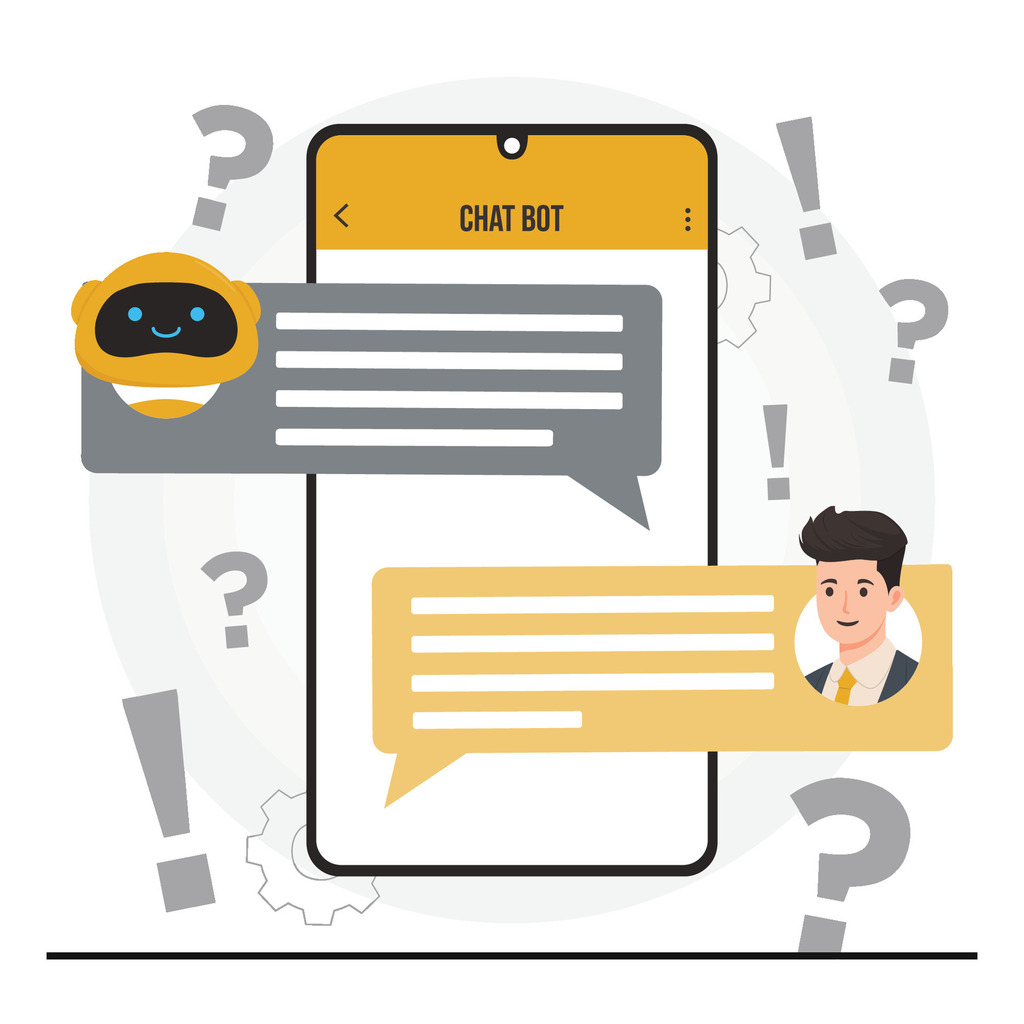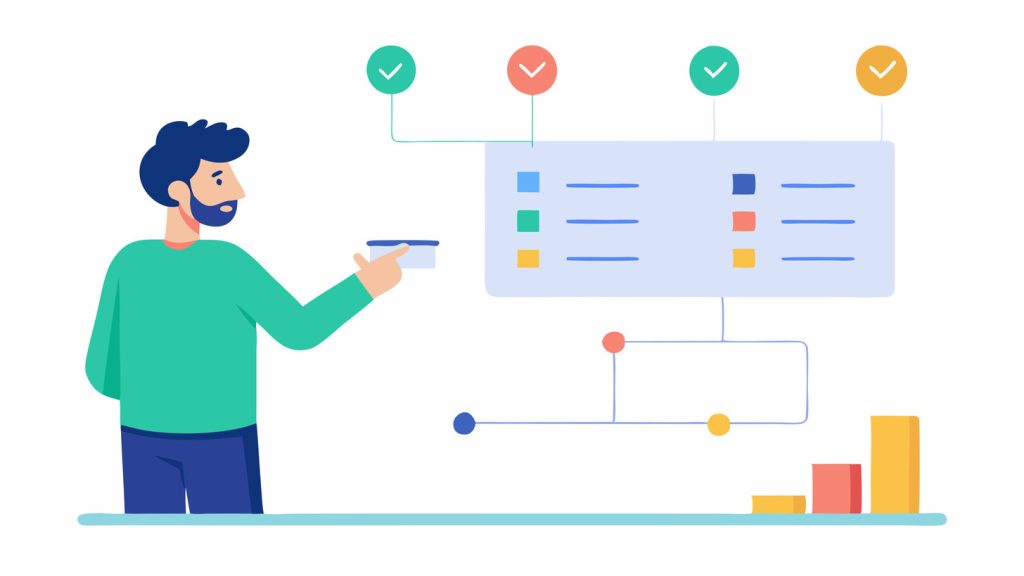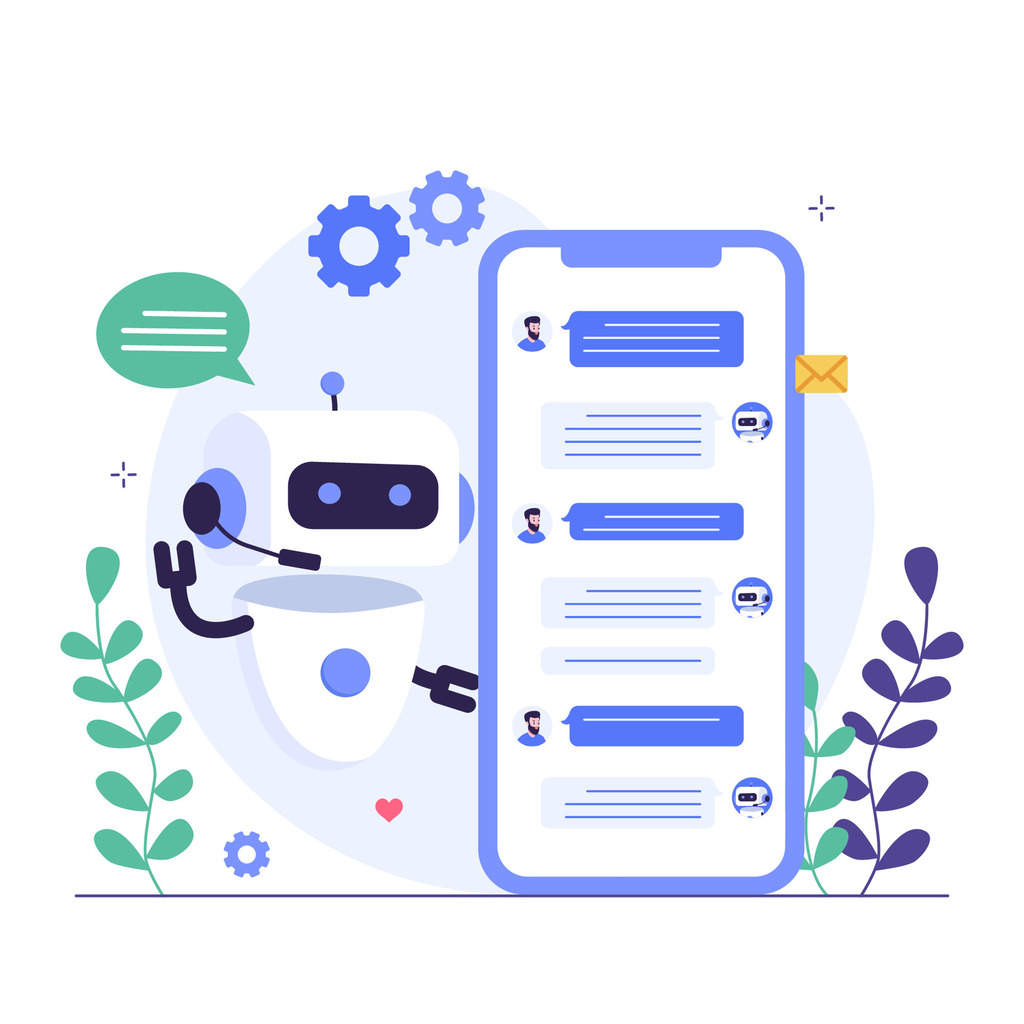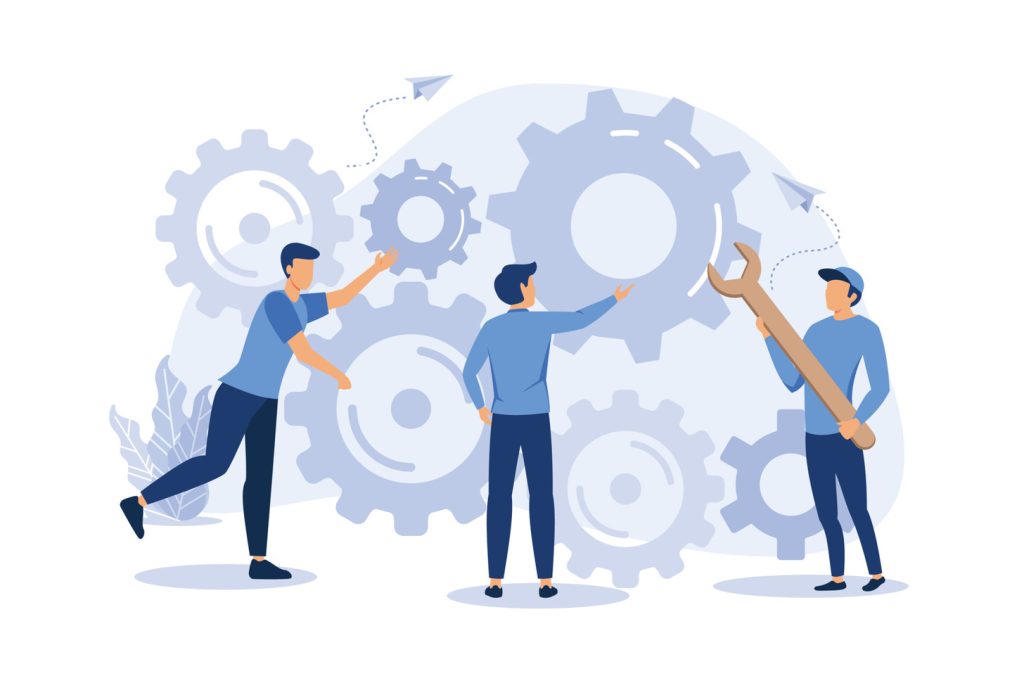Generate Ticket From Chat: Easy Steps to Follow

Modern customer service thrives on speed and precision. When live interactions require human expertise, automating support request creation bridges efficiency gaps. Platforms like HelpDesk and ChatBot demonstrate how blending conversational AI with structured workflows elevates service quality.
HelpDesk centralizes inbound queries into trackable tasks, while ChatBot handles routine inquiries instantly. Linking these tools lets teams convert unresolved chats into prioritized action items effortlessly. This eliminates manual data entry and ensures no detail slips through.
Businesses using integrated systems see faster resolution cycles. Agents receive full chat histories with each generated case, reducing back-and-forth. Customers avoid repeating details, fostering trust and satisfaction.
Centralizing communication channels also strengthens consistency. Whether queries start via email, chat, or social media, everything lands in one hub. Teams gain clarity, and managers spot trends faster.
Key Takeaways
- Automated ticket creation reduces delays by instantly converting chats into trackable tasks.
- Integrated systems preserve conversation context, empowering agents to resolve issues faster.
- Centralized platforms prevent data loss and improve cross-channel service consistency.
- Customers benefit from seamless transitions between bots and human support.
- Eliminating manual processes cuts operational costs while boosting satisfaction rates.
Understanding Customer Support Tickets from Chat
Businesses today need systems that turn real-time discussions into organized workflows. When automated tools convert chat exchanges into structured requests, teams resolve issues faster while maintaining clarity. Platforms like ClearCRM exemplify how merging instant messaging with task management optimizes service outcomes.
What Is Conversational Request Management?
Chat-based systems transform informal discussions into trackable cases. These tools capture user details, problem descriptions, and timestamps automatically. Agents receive full interaction histories, eliminating guesswork and repetition. This method preserves context, ensuring smoother handoffs between bots and human teams.
Centralized Systems for Efficient Resolution
Robust platforms consolidate inquiries from emails, social media, and live chats into one dashboard. Support teams assign priority levels, route cases to specialists, and monitor progress seamlessly. Automated categorization reduces delays, especially during peak hours or staff transitions.
| Manual Process | Automated System | Impact |
|---|---|---|
| Agents copy-paste details | Data auto-populates from chat logs | 87% faster case creation* |
| Risk of lost context | Full conversation history attached | 62% fewer follow-up questions |
| No standardized prioritization | AI-driven urgency scoring | 45% shorter resolution cycles |
*Based on 2023 customer service efficiency reports
Integrated solutions also generate audit trails for performance reviews. Managers identify bottlenecks, train staff on recurring issues, and maintain service consistency across channels. Customers experience fewer disruptions, knowing their concerns transition smoothly between communication formats.
How Ticket From Chat Improves Support Workflow

Efficient support teams thrive when communication tools and workflows align seamlessly. By converting live discussions into trackable action items, businesses reduce friction between departments. This approach ensures urgent issues reach the right agents without delays.
Streamlining Response Times
Immediate access to full chat histories lets teams resolve cases faster. Agents skip time-consuming data entry and focus on solutions. One study found teams using automated systems cut initial response periods by 53% compared to manual methods.
Automated categorization also prioritizes urgent requests. High-priority cases route to specialists, while routine queries trigger predefined workflows. This balance prevents backlog buildup during peak hours.
Enhancing Customer Satisfaction
Smooth transitions between bots and human teams build trust. Clients avoid repeating details, as agents receive complete interaction logs. A CRM automation strategy further personalizes responses by syncing customer profiles with support tools.
Consistent service quality strengthens loyalty. When teams resolve issues on first contact, satisfaction scores climb. Brands using integrated systems report 68% higher retention rates year-over-year.
| Metric | Manual Process | Automated System |
|---|---|---|
| Average Resolution Time | 6.2 hours | 2.8 hours |
| First-Contact Resolution | 41% | 79% |
| Customer Effort Score | 4.1/10 | 8.6/10 |
Data sourced from 2024 CX industry benchmarks
Setting Up the Create Ticket Action
Streamlined support systems transform customer interactions into actionable workflows. The Create ticket action bridges automated chats and human expertise by converting unresolved issues into structured cases. Proper configuration ensures seamless handoffs while preserving critical details.
Configuring Your Bot Flow
Design chatbot dialogues to collect essential data before triggering the action. Requester names, email addresses, and problem summaries must be captured early. This prevents agents from receiving half-empty forms. As one support manager notes:
“Pre-qualifying inquiries cuts resolution time by 40%—bots filter noise before tickets reach our team.”
| Manual Setup | Automated Flow | Time Saved |
|---|---|---|
| Agent inputs 6+ fields | Bot auto-fills 5 fields | 4.1 minutes/case |
| Generic priority tags | AI-driven urgency scoring | 58% faster triage |
| Free-form descriptions | Structured issue templates | 72% fewer errors |
Customizing Ticket Fields and Attributes
Tailor fields to match business needs. While subject lines and contact info are standard, smart teams add custom attributes like product SKUs or service tiers. The description field remains blank intentionally—agents need raw customer explanations to identify root causes.
Pre-filled templates accelerate common requests without sacrificing flexibility. Testing workflows uncovers gaps: Does the system route billing questions to finance? Are high-priority cases flagged correctly? Iterative adjustments create frictionless transitions from chat to resolution.
Integrating ChatBot with HelpDesk

Seamless connections between communication tools and support platforms drive operational excellence. Linking chatbots to helpdesk software eliminates friction in case creation, ensuring teams address issues without manual bottlenecks. This integration transforms casual conversations into structured workflows while maintaining data accuracy.
Connecting Your Systems in Three Steps
Start by navigating to the Integrations panel within your chatbot platform. Select HelpDesk from the list and click Connect. Existing users log in automatically, while new accounts generate instantly using the chatbot’s registered email. The process takes under a minute, with active connections displayed for verification.
| Manual Setup | Automated Integration | Time Saved |
|---|---|---|
| Separate logins | Single sign-on | 83% faster |
| Manual data transfers | Auto-synced accounts | Zero errors |
Optimizing Data Capture and Customization
Pre-filled fields like Name and Email accelerate ticket creation while reducing typos. Teams modify default attributes or add custom ones—product codes or subscription tiers—to match specific workflows. This flexibility ensures all relevant chat details flow into the helpdesk without overloading agents with redundant data. This streamlined process also allows agents to focus on resolving issues rather than deciphering information. Additionally, thorough training on how to create a ticket can enhance consistency and efficiency across the team. By empowering team members with the right tools and knowledge, support interactions become faster and more effective.
Regular field audits maintain alignment between chatbot interactions and support protocols. Adjustments might include adding dropdown menus for common issues or requiring priority labels. These tweaks ensure every generated case contains actionable information, speeding up resolutions by 31% according to recent CX benchmarks.
Integrating LiveChat and HelpDesk for Enhanced Support
Unifying communication channels boosts team efficiency while maintaining service quality. Combining LiveChat with HelpDesk centralizes customer interactions across emails, forms, and live discussions. The embedded design eliminates app-switching, letting agents manage all tasks within one interface.
Configuring Request Forms
To activate support forms in LiveChat, navigate to Settings > Forms > Ticket form settings. Enable the Show Ticket Forms option to let customers submit queries when agents are offline. Customize fields like contact details or issue categories to match workflow needs.
| Manual Setup | Automated Forms | Efficiency Gain |
|---|---|---|
| Agents create forms from scratch | Pre-built templates with dynamic fields | 67% faster deployment* |
| Limited field customization | Drag-and-drop editor | 89% user adoption rate |
*2024 CX Tools Benchmark Report
Attaching Conversation Histories
Full chat transcripts automatically attach to new cases in HelpDesk. Agents review customer intent, previous solutions, and escalation points without leaving the app. One support lead noted:
“Embedded histories cut our case review time by half—agents resolve issues before customers finish their coffee.”
Addressing Account Conflicts
Integration errors often stem from mismatched account ownership or email addresses. Ensure both platforms share the same organization admin and login credentials. If issues persist, contact LiveChat’s technical team to sync permissions.
| Issue | Solution | Time to Fix |
|---|---|---|
| Different account owners | Reassign admin rights | |
| Email mismatch | Update credentials in both apps | 5 minutes |
Leveraging AI for Ticket Creation from Chat

Artificial intelligence reshapes how support teams handle customer needs by converting dynamic conversations into structured action items. Advanced systems analyze dialogue patterns to build comprehensive records, eliminating manual transcription while preserving critical context.
Automated Summarization Technology
Modern platforms scan entire chat histories to identify key phrases, sentiment cues, and unresolved issues. Natural language processing creates concise summaries with accurate subject lines. One tech director observed:
“Our AI drafts case descriptions in 12 seconds—agents now handle 40% more requests daily.”
| Manual Process | AI-Driven System | Improvement |
|---|---|---|
| Agents write summaries | Machine-generated overviews | 92% time reduction* |
| Inconsistent formatting | Standardized templates | 75% fewer errors |
| Delayed prioritization | Real-time urgency scoring | 68% faster escalations |
*2024 Support Operations Benchmark
To activate this feature, team members click the AI icon within any conversation window. The system auto-populates fields using chat data, allowing quick edits before submission. This maintains human oversight while accelerating workflows.
Customizable filters let organizations highlight industry-specific terms or compliance requirements. Automated tagging ensures cases route to appropriate departments, whether technical support or billing specialists. Agents focus on problem-solving rather than administrative tasks, boosting job satisfaction and retention.
Best Practices for Ticket From Chat
Effective customer support hinges on structured data capture and intelligent system design. Organizations achieve peak efficiency when automated tools collect precise details while maintaining flexibility for unique workflows.
Ensuring Consistent Information Capture
Standardized attributes prevent mismatched records across platforms. Using identical field names for requester email and contact name in chatbots and helpdesk systems ensures seamless data flow. One operations manager emphasizes:
“Matching attributes between tools reduced duplicate entries by 73%—agents now trust system accuracy.”
| Field Type | Default Attributes | Custom Attributes |
|---|---|---|
| Requester Identification | Pre-filled name/email | Loyalty tier tags |
| Issue Classification | Generic subject lines | Product-specific categories |
| Priority Setting | Basic urgency levels | Revenue-impact scoring |
Balancing Standardization With Customization
Default fields accelerate basic case creation, while custom options address niche requirements. The subject line demonstrates this balance—teams use preset templates for common issues but switch to dynamic attributes when bots gather detailed descriptions upfront.
Description fields demand particular attention. Custom attributes here capture nuanced problem explanations, empowering agents with context. Regular audits ensure collected information aligns with evolving support goals without overwhelming staff with redundant data.
Troubleshooting and Optimizing Your Integration

Even robust systems encounter hiccups. Proactive teams identify integration bottlenecks early through systematic testing and iterative adjustments. These strategies maintain seamless workflows between chat platforms and support tools.
Identifying Common Integration Issues
Account mismatches cause 73% of setup failures. When different emails or organization owners manage chat and helpdesk platforms, authentication errors occur. Admins should verify credentials match across systems before deployment.
| Issue | Solution | Time Saved |
|---|---|---|
| Email mismatch | Sync admin accounts | 8 minutes/case |
| Multiple organizations | Contact support to merge | 24-hour resolution |
| Missing permissions | Enable API access | 15-minute fix |
Testing and Validating Your Setup
Use built-in testing tools to simulate ticket creation. Trigger the action via your bot flow, then check if cases appear in the helpdesk with correct fields. One operations lead noted:
“Automated validation slashed our debugging time by 65%—we spot gaps before customers do.”
Adjusting Settings for Improved Efficiency
Refine priority rules and field mappings monthly. If agents receive incomplete data, add mandatory attributes in chatbot forms. Reduce clutter by hiding unused options in dropdown menus.
| Setting | Default Value | Optimized Approach |
|---|---|---|
| Priority Levels | 3 tiers | 5-tier revenue impact model |
| Required Fields | 4 attributes | 7 context-specific attributes |
| Auto-Assign | Disabled | Skill-based routing |
Conclusion
Adopting automated workflows for support case generation elevates service quality while reducing operational friction. By converting real-time discussions into structured action items, businesses ensure no customer query gets lost in transition. Integrated platforms bridge the gap between conversational agility and organized resolution processes.
Teams using these solutions eliminate manual data entry and redundant administrative work. Every interaction flows seamlessly into centralized dashboards, preserving context for faster resolutions. This approach lets helpdesk systems become true command centers—prioritizing urgent needs and routing cases intelligently.
Success hinges on three pillars: precise integration setup, AI-enhanced automation, and continuous optimization. Organizations that master this triad see measurable gains—shorter response cycles, higher satisfaction rates, and scalable growth. Customizable fields let teams adapt workflows without compromising efficiency.
Forward-thinking businesses don’t just solve issues—they build trust through consistency. When every chat becomes a trackable case, customers feel heard across channels. The result? A support system that works smarter, not harder, while maintaining service excellence at scale.

